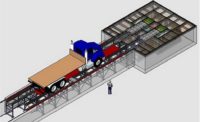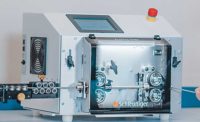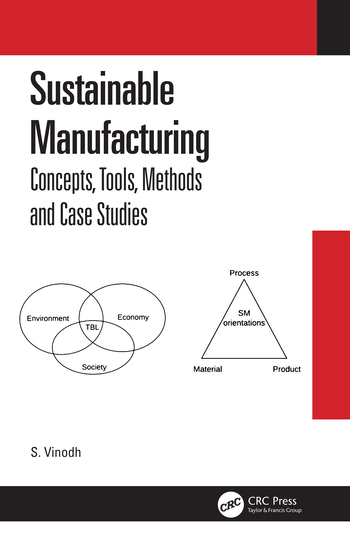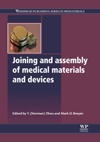CLEVELAND—Engineers at Case Western Reserve University are working on a new research project to study, predict and optimize how robots will interact with human coworkers in factories of the future. The effort will examine various aspects of human-robot collaboration in manufacturing applications.
“While robots have been increasingly integrated into manufacturing since their introduction in the early 1960s, true human-robot workplace collaboration is still in the early stages and is only recently being earnestly studied by academics,” says Robert Gao, chairman of the mechanical and aerospace engineering department at the Case School of Engineering.
“Most researchers anticipate humans taking on the more-nimble decision-making, while robots contribute by lifting heavy tools or putting the right tool at our side when needed,” explains Gao. “This requires the robot ‘knowing’ or interpreting the human’s body language and hand movements, anticipating what he’ll do next.
“It requires using sensors, computer models and artificial intelligence that we will develop to help make the robot safely and efficiently collaborate with human operators,” adds Gao.
According to Gao, collaboration will make factories of the future safer and more efficient as robots take on the more dangerous jobs. “Robots could also help train newer workers by already knowing what tools and parts are needed for a task that the recently hired human may still be learning,” he points out.
Gao and his colleagues plan to “focus on the prediction part of the robot-human collaboration. That means figuring out how to teach robot helpers to reliably recognize sometimes random human motions in a variety of different workplace scenarios.”
The Missouri University of Science and Technology and the University of Florida are also involved in the R&D effort, which is funded by the National Science Foundation.
Results from the project will be evaluated on the shop floor at Comau and by the Institute of Intelligent Industrial Technologies and Systems for Advanced Manufacturing at the National Research Council of Italy.









